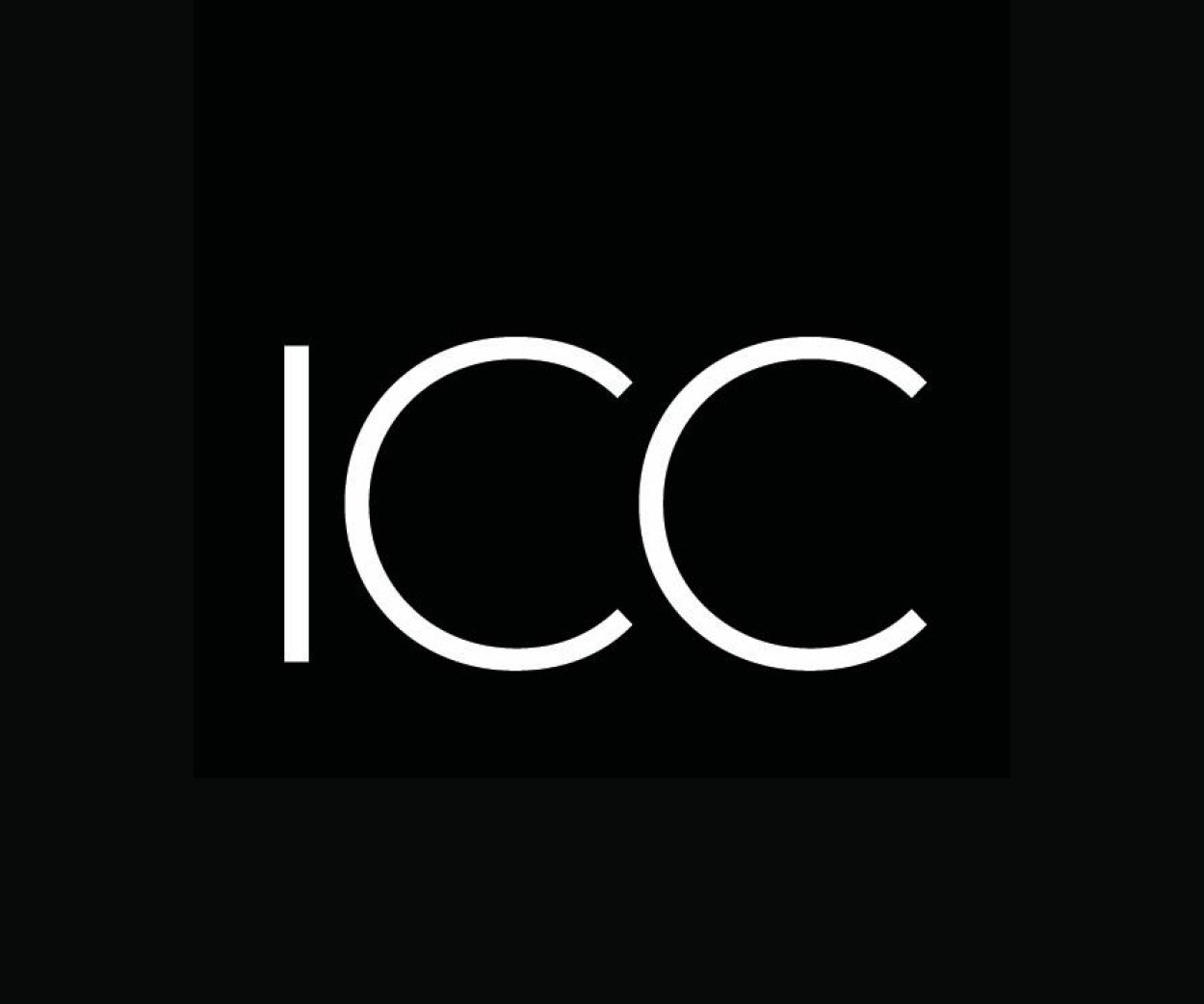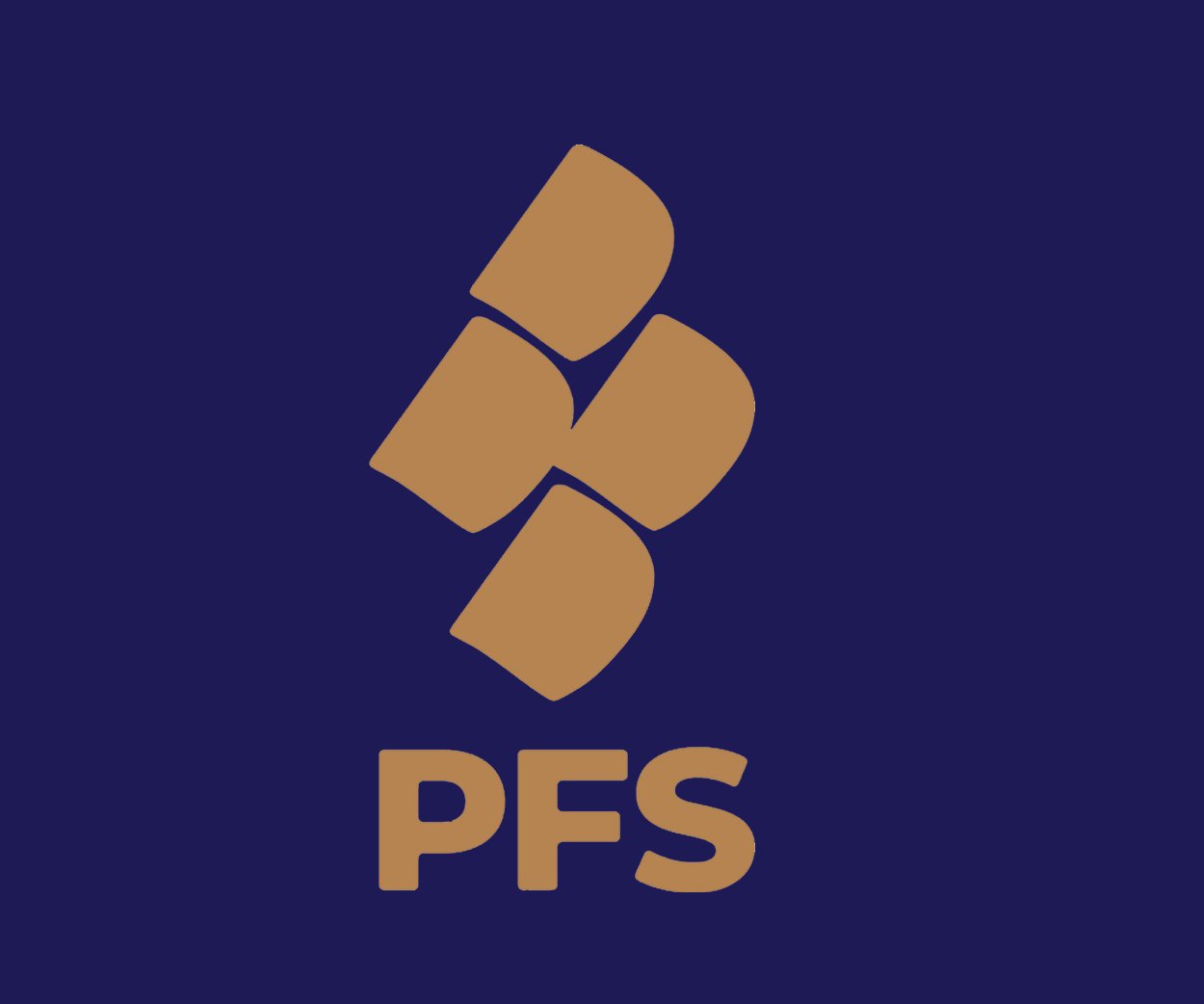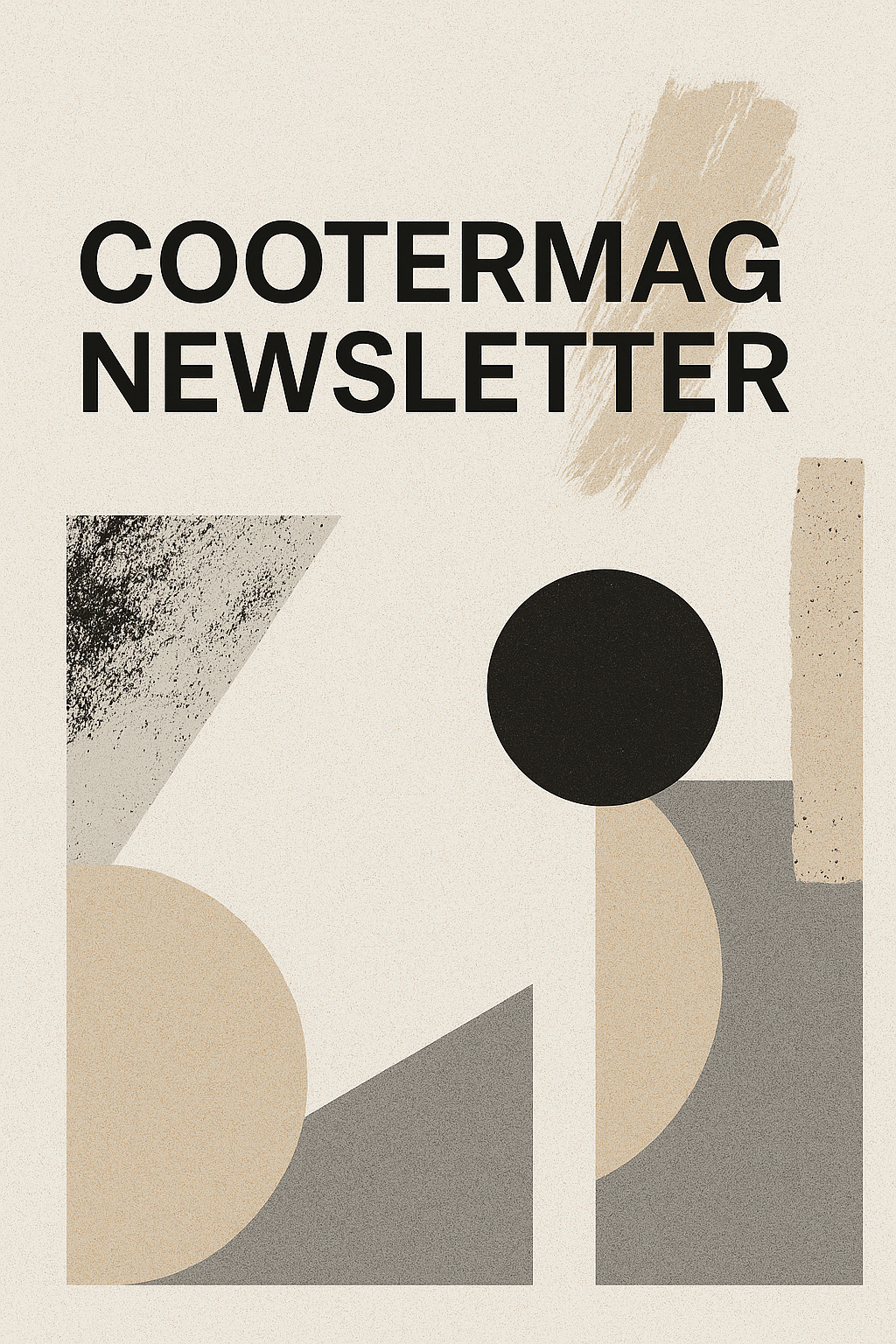Minjung Kim, the Korean artist, weaves a timeless world through meditation and repetition. Her works, blending Eastern calligraphy with Western abstraction, invite us to pause and be present. Each layer carries a musical rhythm and a spiritual silence, where void meets fullness. This interview opens a window into the mind of this contemporary artist and her philosophy. Now, join us to explore Minjung Kim’s art and uncover its secrets!
1. How would you describe yourself and your journey as an artist to someone who has never encountered your work?
I was born in Korea, where I began studying traditional ink painting at a very young age. That discipline—sitting in silence, grinding ink, breathing with the brush—became a foundation for my practice. Later, I moved to Italy, where I began to integrate Eastern philosophy with Western conceptualism. My work emerges through a long, meditative process and experimentation with materials such as ink, Hanji paper, and fire. When someone encounters my art for the first time, I hope they can feel both Eastern and Western roots.
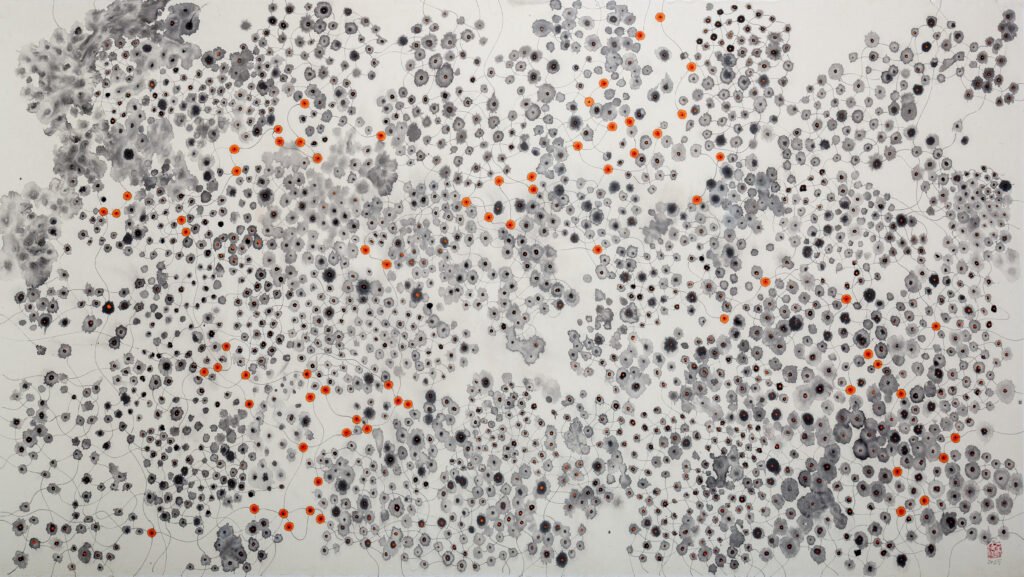
Interchange, 2025
mixed media on mulberry Hanji paper
95 x 168,5 cm
Archive number: 25- 029S
2. While creating, do you usually follow a clear vision, or does each piece unfold as a surprise along the way?
Yes, there is always an initial impulse—a vision I want to achieve. But the actual process is very intuitive. Just by touching the material, I can sense how it will react—how the fire will leave its trace, how the ink will be absorbed. Each sheet of paper responds differently, and while I guide it with a certain level of control, I also allow space for unpredictability. Even when I begin with a clear idea, the work can evolve throughout the process. What emerges can be unexpected, and I welcome that.

3. Do you see repetition in your work as a form of structure, rhythm, or something more intuitive?
Repetition is both a meditation and a structure for me. It creates rhythm—almost musical-but- also invites silence. In Korean and East Asian traditions, repetition is not mechanical but spiritual. When I repeat an action—tearing, burning, layering—it is a way of losing the ego and entering the flow. It becomes a dialogue with time, with the breath, with the unknown. So yes, repetition is a structure, but one that is alive and open.
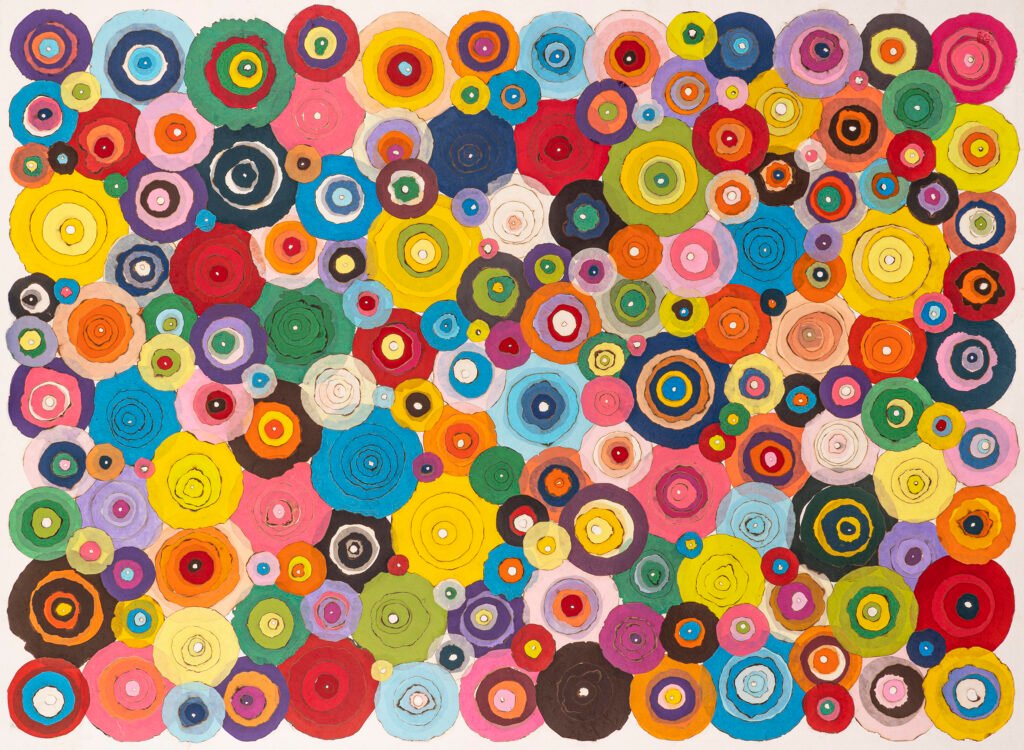
Pieno di vuoto, 2020
Mixed media on mulberry Hanji paper
130 x 180 cm
Archive number: 20-086
4. Your pieces often carry a sense of space and breath. How do you approach composition when working with such subtle materials?
I approach composition with a deep respect for emptiness—what is not painted is just as important as what is. In my series Pieno di Vuoto (Void in fulness), I explore how layering empty spaces can create a sense of fullness. When working with Hanji, I see it as a conversation. Each sheet is unique, shaped by things like the season it was made or the tree it came from. As I apply ink or introduce fire, I watch and anticipate how the material responds. These materials have their own behavior, and I try to follow rather than impose.
5. How do you choose your materials, and what do you look for in their texture, behavior, or limitations?
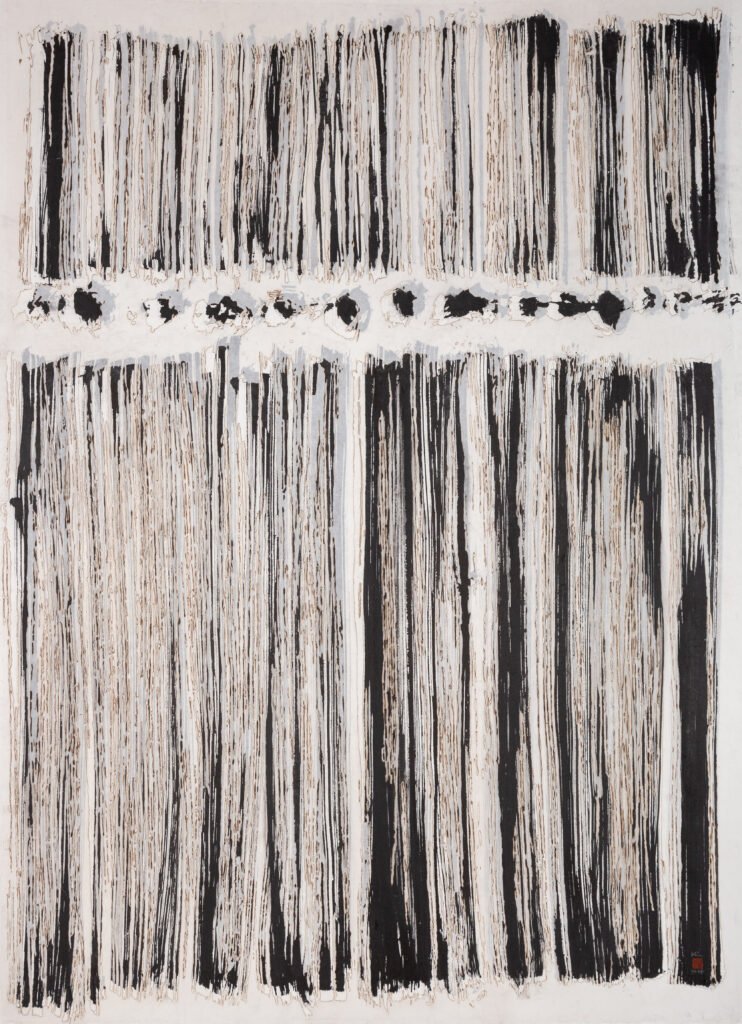
Phasing, 2024
mixed media on mulberry Hanji paper
149 x 105,5 cm
Archive number: 24-063S
As a child, I was fascinated by paper. My father ran a printing business, and I spent hours playing with sheets of paper in his workshop. Over time, this material became a natural part of me—it almost chose me, rather than the other way around. The Hanji paper, I source it from master papermakers in Korea, who carry generations of knowledge. They know how to transform the inner bark of the mulberry tree into paper that is both delicate and incredibly strong. Each sheet is unique, and I can feel the care and tradition in it. The ink I use—it’s made from the soot of burned trees. I love this continuity: the tree becomes smoke, the smoke becomes ink, the ink returns to the paper. There’s something very poetic in this cycle. As a woman, I was also looking for something practical—something I could carry with me easily, wherever I lived or traveled. Paper gave me that freedom. It’s humble but infinite in its possibilities.
6. Do you feel that your work connects with time, either by reflecting a moment or by stepping outside of time completely?
Both. My process is slow and repetitive, so it reflects time in the way it’s made—layer by layer. But once finished, I hope the work steps outside of time. I want it to feel timeless.
7. Your work often invites a slower way of seeing. What kind of attention or mindset do you hope viewers bring to your pieces?
I hope the viewer brings presence. That they allow themselves to slow down. If someone spends even a few minutes in stillness with a piece, I feel the work has fulfilled its role.

Story, 2024
mixed media on mulberry Hanji paper
95 x 140 cm
Archive number: 24-064S
8. As an artist working across cultures and continents, how do you see your identity reflected—or even transformed—in your art?
Living between Korea and Europe has profoundly shaped me. In Korea, I inherited the traditions of calligraphy and ink painting, which taught me discipline and subtlety. In Italy, I encountered a more conceptual, open approach to art. These two worlds merge in my work, not in opposition, but in harmony. My identity has become more fluid, more spacious.
9. How do you know when a piece is finished—what signals tell you it’s complete?
I usually know instinctively when a work is finished—as I said, most of the time I have a vision of the work, so when I see it, I feel it. There is a quiet clarity that comes. Of course, sometimes it takes longer to reach that moment; the piece needs time to reveal itself. But when it feels balanced—when it no longer asks for more or less—I simply step back. Sometimes, I leave it for a few days and return with fresh eyes. That bit of distance brings clarity. A finished piece has its own breath. It no longer needs mine.
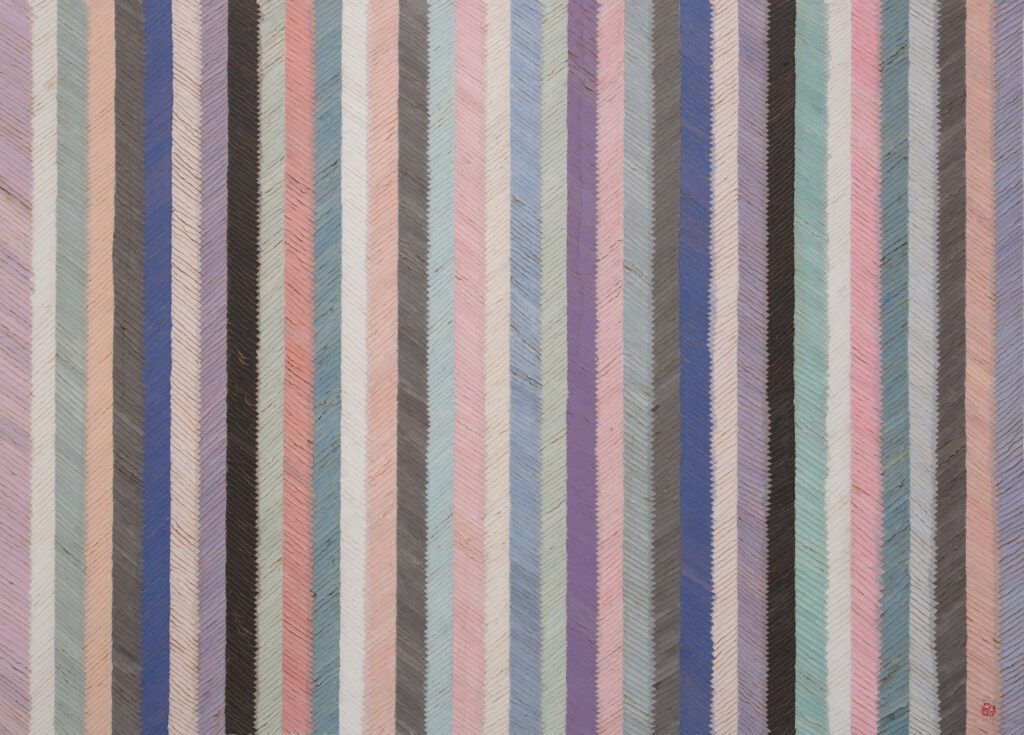
Zip, 2024
mixed media on mulberry Hanji paper
131 x 182 cm
Archive number: 24-117S
10. Finally, is there a thought, a message, or even a quiet feeling you’d like to leave with us at the end of this conversation?
I am grateful for your thoughtful questions and the opportunity to share. I believe that in a noisy and fast-moving world, silence and slowness are forms of resistance—and also of healing. If my art can help someone pause, breathe, and reconnect with themselves, feel joy, then that is enough. Art doesn’t have to be loud to be powerful. Sometimes, the gentlest gestures can leave the deepest impressions.
Step deeper into Minjung Kim’s world:
Website|Almine Rech|Artsy
Interview by: Behnam Raeesian
Curious about what inspires today’s artists?
Interview with Álvaro Sánchez
Lines That Ignite: Luis Rivera’s Poster Uprising
A Flame in the Frame: Pascal Colrat’s Silent Uprising



